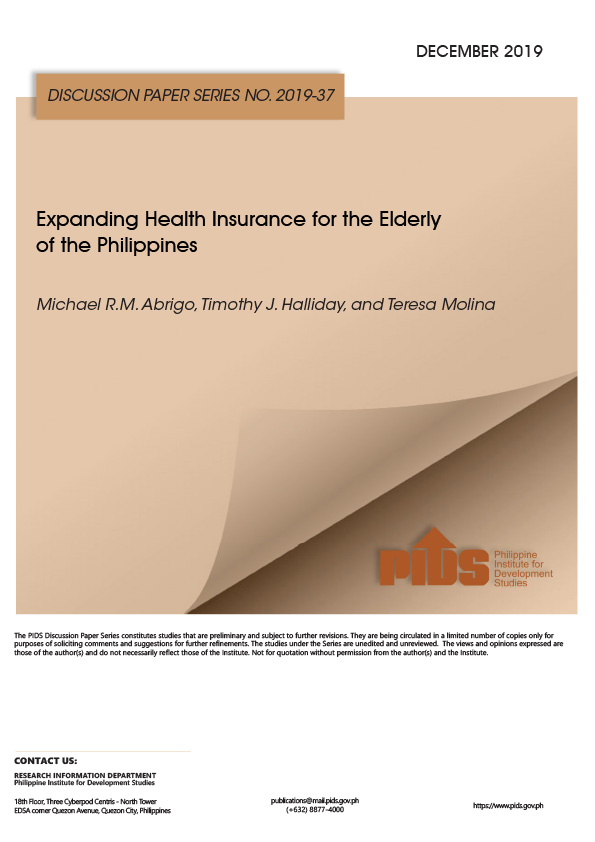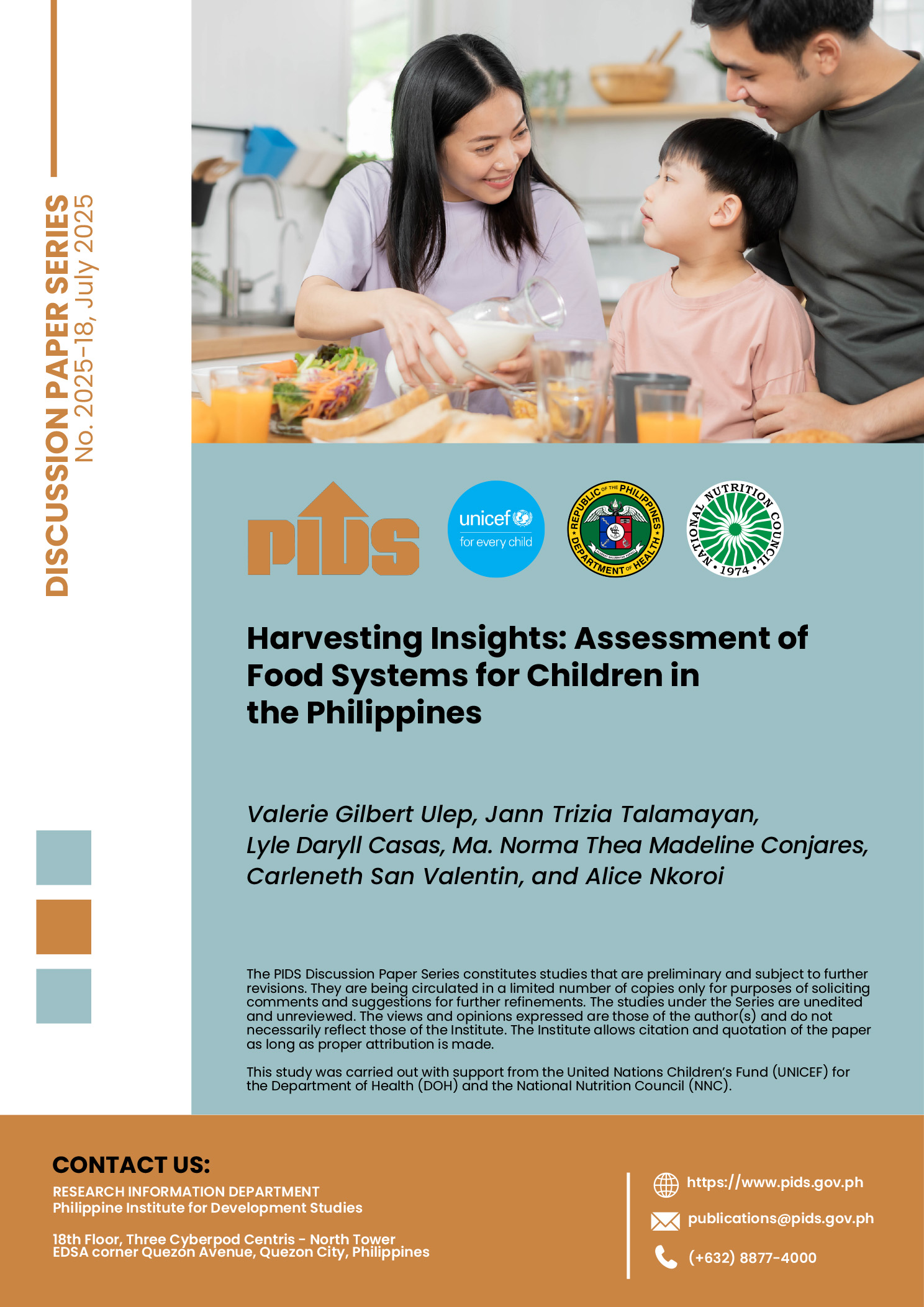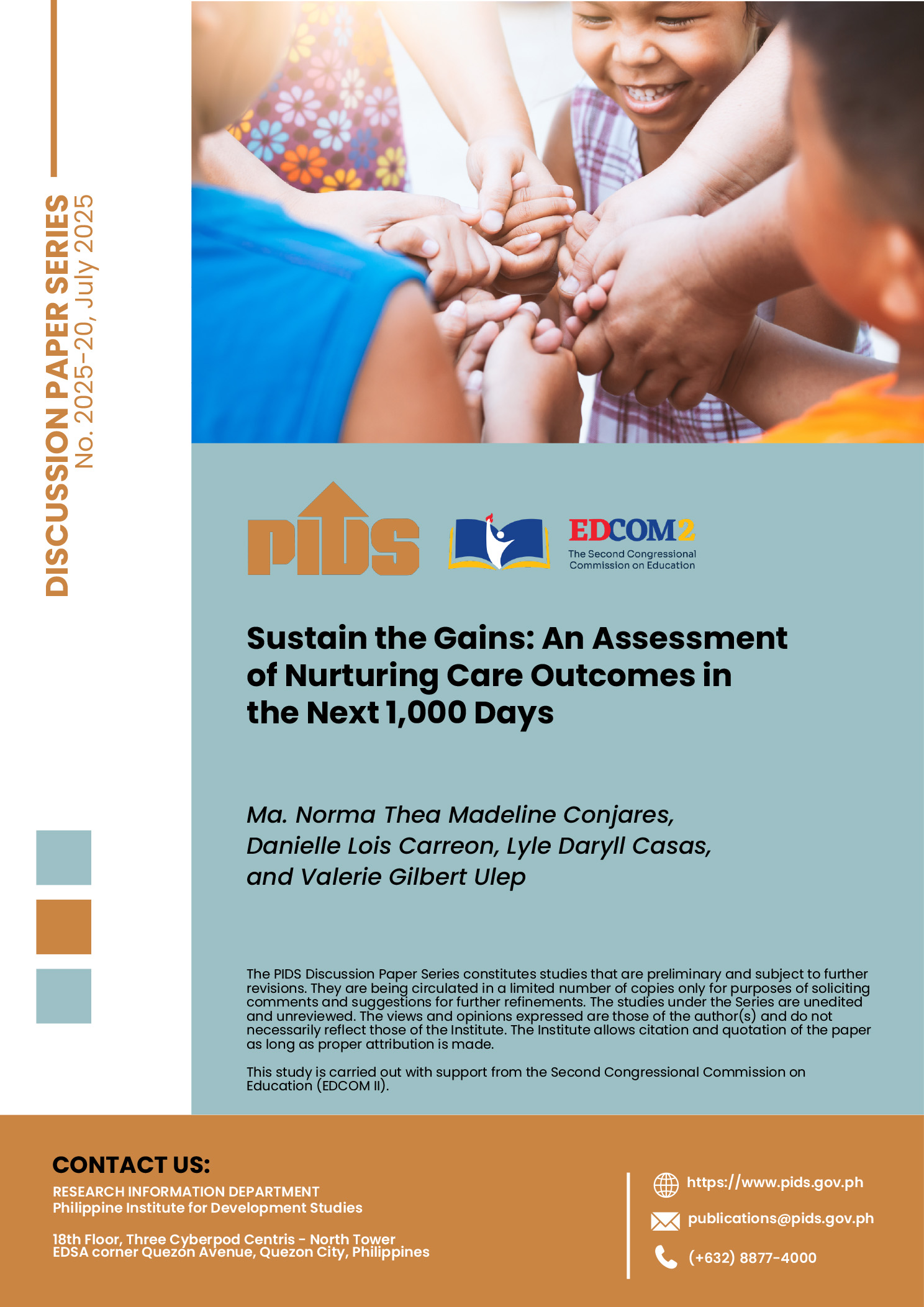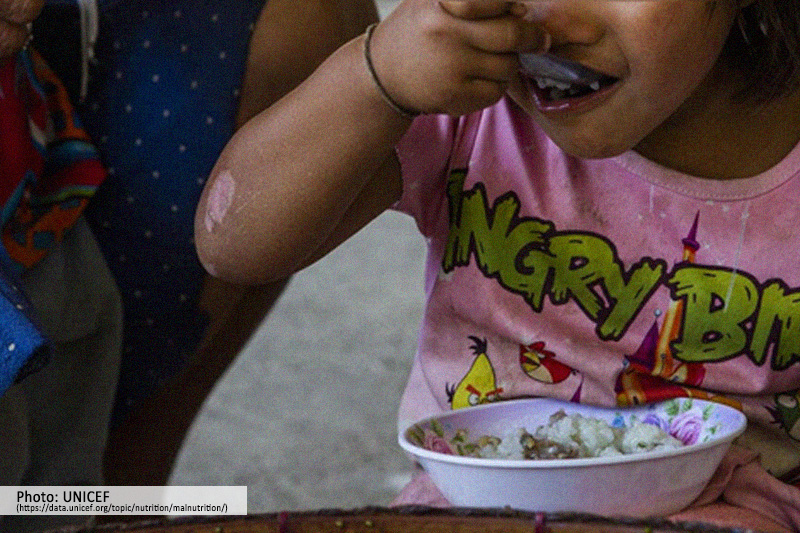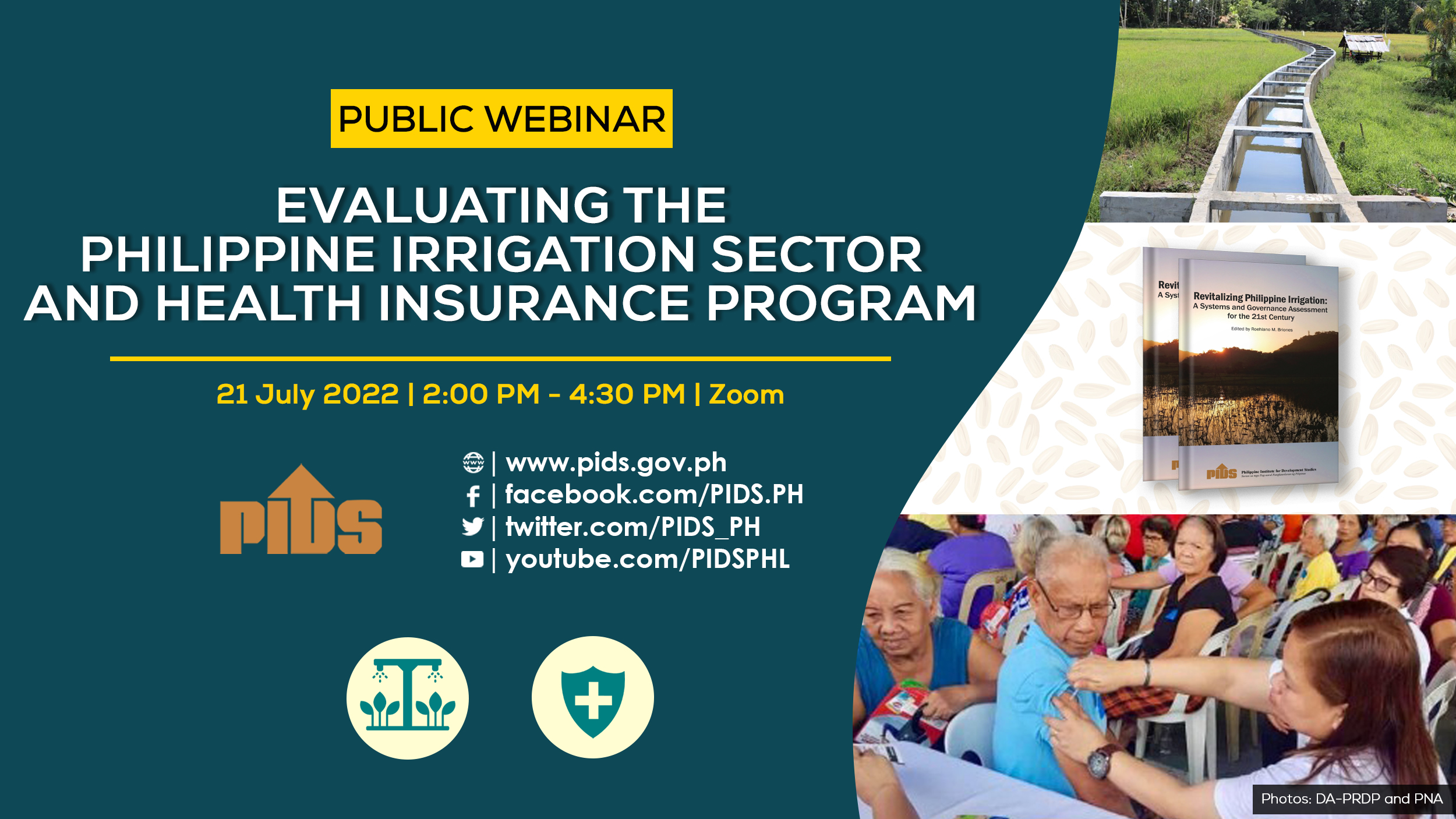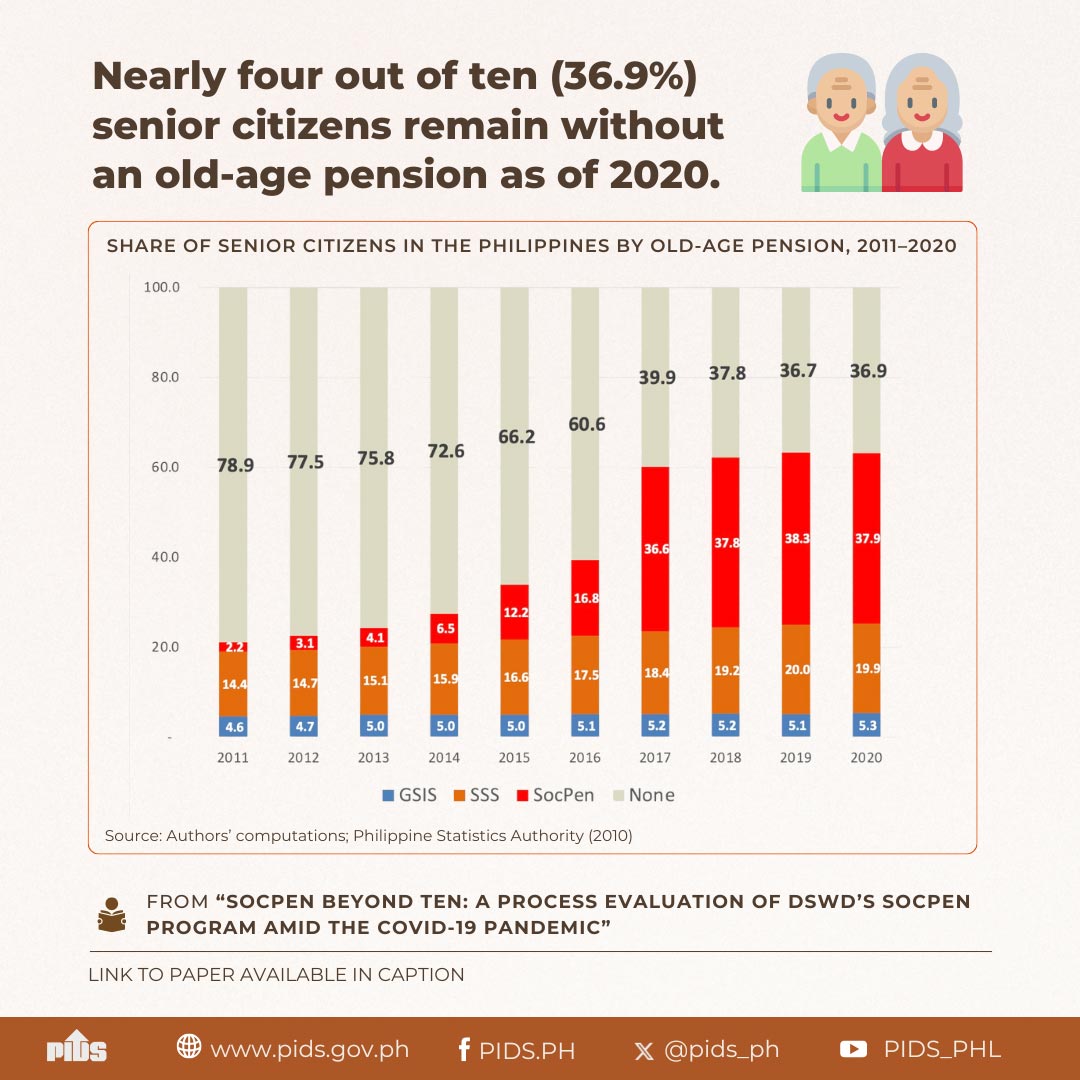This paper evaluates a Filipino policy that expanded health insurance coverage of its senior citizens, aged 60 and older, in 2014. Using regression discontinuity and difference-in-differences methods, the study finds that the expansion increases insurance coverage by approximately 16-percentage points. Compliers induced by the policy to obtain insurance are disproportionately female and largely from the middle of the socioeconomic distribution. Instrumental variables estimates indicate that out-of-pocket medical expenditures more than double among the compliers. The study also argues that this is most likely driven by an outward shift in the medical demand curve.
Citations
This publication has been cited 4 times
- Halliday, Timothy. 2020. The impact of Medicaid on medical utilization in a vulnerable population: Evidence from COFA migrants. Health Economics, 29, No. 10, 1231-1250 . John Wiley & Sons, Ltd.
- Halliday, Timothy. 2019. The impact of Medicaid on medical utilization in a vulnerable population: Evidence from COFA migrants. IZA Discussion Papers 12779. Institute of Labor Economics (IZA).
- Halliday, Timothy. 2019. The impact of Medicaid on medical utilization in a vulnerable population: Evidence from COFA migrants. NBER Working Papers 26030. National Bureau of Economic Research, Inc.
- Ordinario, Cai. 2020. Out-of-pocket health expense of elderly Pinoys rising–Pids. BusinessMirror.

